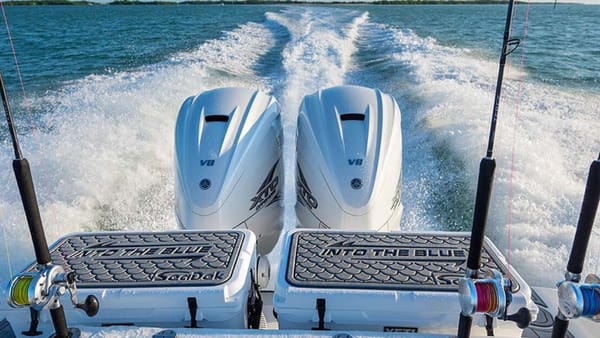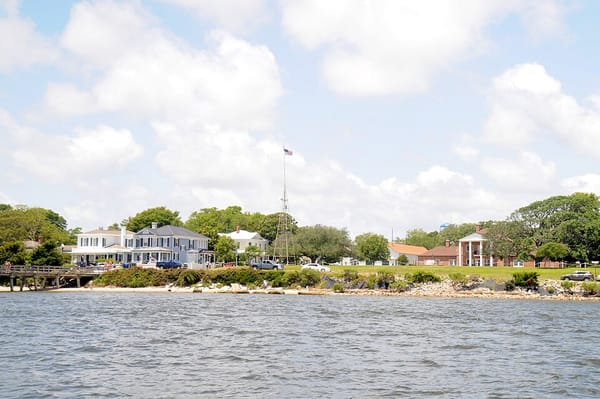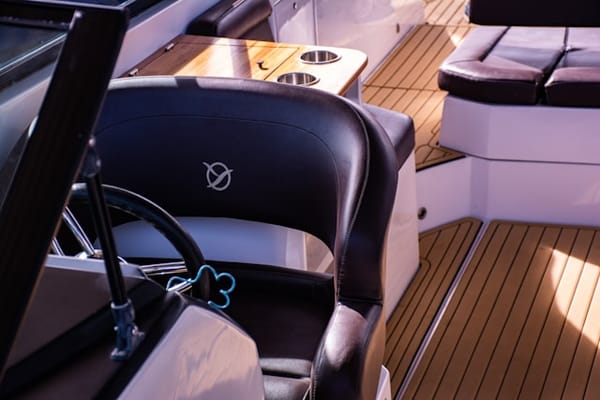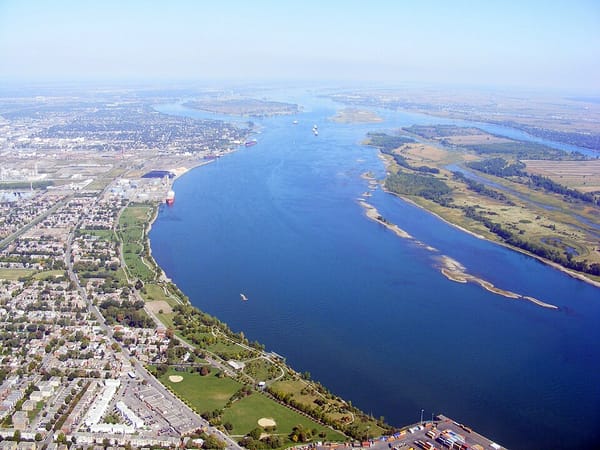Stay Connected: Internet Access Aboard a Boat
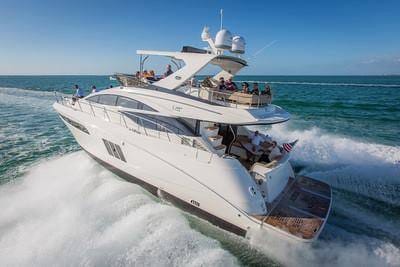
One of the best things about owning a boat is the ability to get away from it all. However, there are times when you might need the assistance of navigational apps, chart plotting and weather updates. Not to mention if the kids get cranky and need some down time. With all of that comes the real-world necessity of internet access.
Whether it's news updates, safety issues or entertainment at the marina or private boat dock rental, having access to the internet aboard your boat isn’t just a convenience, it’s practically as important as power and other utilities. This is doubly true for liveaboard boaters who work remotely from their boats.
From a fishing trip on Lake Huron or Erie to snorkeling, diving and offshore fishing in the Atlantic, Pacific, Chesapeake Bay or Gulf of Mexico, you’ll want to be set up with reliable internet access. Additionally, far-flung adventures like traversing the Great Loop and sailing from Florida to the Bahamas are all voyages where you’ll benefit and stay safe with reliable internet access.
The problem with reliable (and the key word here is “reliable) internet service on a boat is that it gets trickier the further you go from shore. Then, there’s the issue of all that open (and moving) water.
Benefits of Internet Access Aboard a Boat
- Safety and navigation
- Keep up with news, events and more
- Weather updates such as storms, wind, rain and hurricanes
- Another line of communication to go along with GPS and VHF radios
- Ability to work on board for liveaboard boaters
- Download and use charts, boating apps and other critical information
- Find dock and dine restaurants, marinas, gas docks, attractions and activities
- Keep the kids entertained during down time
- Check and update float plans
- Find boat docks for rent
- Download all the cool photos and videos of the day’s adventures (including that giant marlin none of your friends will believe you caught without proof of a photo)
The three main types of onboard internet access are: satellite, land-based and cellular hotspots.
Land-Based Internet

Photo: Bearifi (Facebook)
If you’re on a local lake or staying near shore in the ocean or Gulf, you’ll probably be able to get by with land-based Wi-Fi. This is the cheapest and simplest way to access the interwebs. If there’s Wi-Fi at the marina, private boat slip rental or port, you can simply log into that. The problem with this is that the connection isn’t always good. This is where a Wi-Fi booster comes in handy. It works by “boosting” the signal (sometimes up to five miles away, but of course, that varies and is affected by other users) and increasing the coverage area. Brands to check out include Bearifi BearExtender and the ALFA Network Wi-Fi CampPro.
Cellular Hotspot

Photo: RoamWiFiOfficial (Facebook)
Another inexpensive and simple way to access the internet on your boat or from a private boat lift for rent is to use your smartphone as a hotspot. This allows you to use the smartphone as the main hub for other devices (like laptops, tablets and other smartphones) aboard the boat.
You can also purchase a hotspot device. That eliminates the need to use your phone as a hotspot (though you’ll still be using your phone’s data plan). The RoamWiFi R10 Portable Device or the GlocalMe DuoTurbo 4G Hotspot are a couple to check out. You might also want to consider a portable MiFi device like the Huawei Mobile Hotspot.
You do need to be in range of a cellphone tower for these methods to work.
Satellite
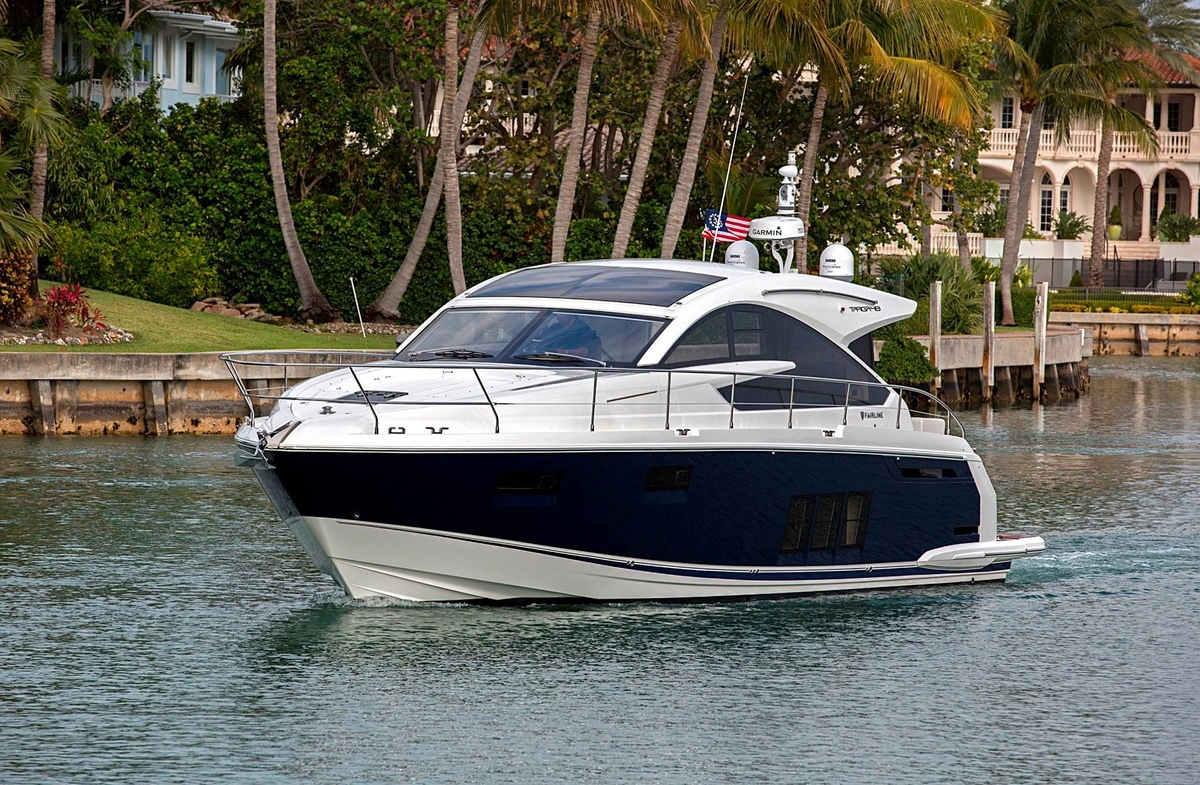
Photo: KVH (Facebook)
For voyages further away, like traveling to the Dry Tortugas by private boat and motoring the Bahamas-Cuba Loop, a satellite dish is the way to go. This is a much more complex system (in addition to being expensive). You’ll have to buy the satellite dish and have a data plan. But, if you’re a liveaboard boater or frequently travel offshore, it’s the best way to go. Even then, weather conditions such as wind and rain can cause connection issues.
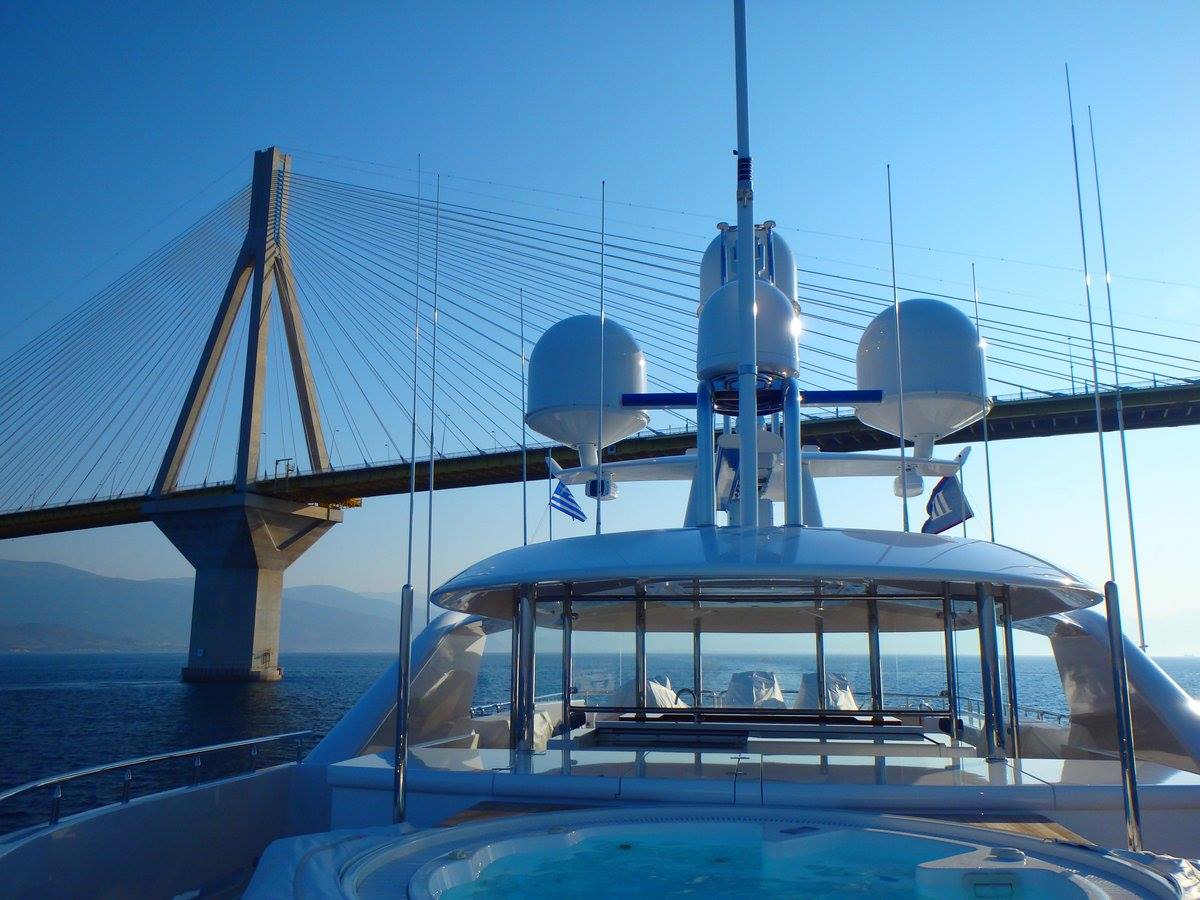
Photo: KVH (Facebook)
You’ve probably seen satellite systems on boats at the marina or private boat dock rental. It’s that domed structure with an antenna attached to the mast or somewhere on top of the boat. A couple of brands to look into include: KVH (which makes TracVision), Intellian, Cobham (which makes the SAILOR) and Kymeta.
Whether you’re streaming Netflix at a private boat slip for rent, using navigational apps to chart your destination or checking the weather, we hope this has answered any questions you may have about staying connected aboard your boat.
